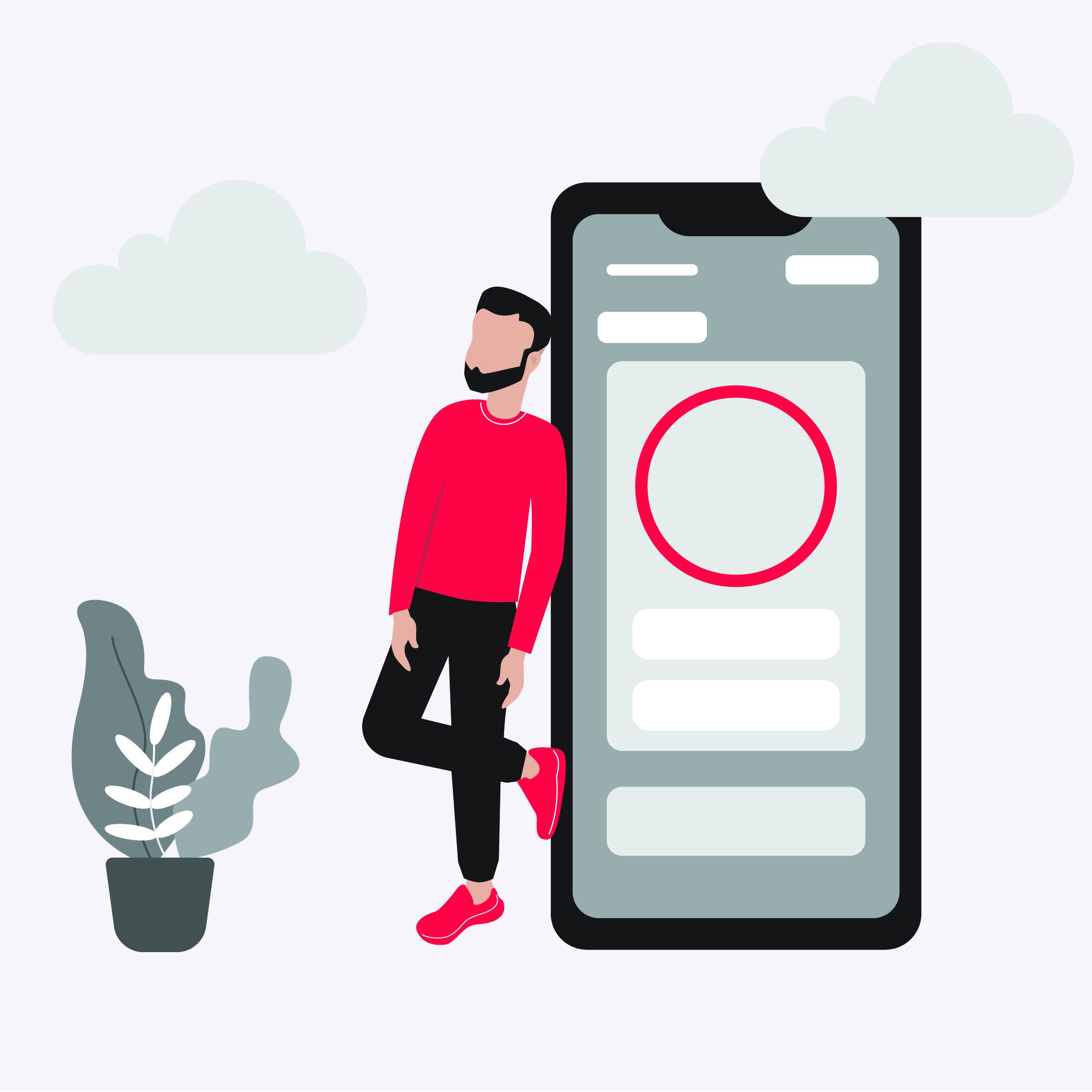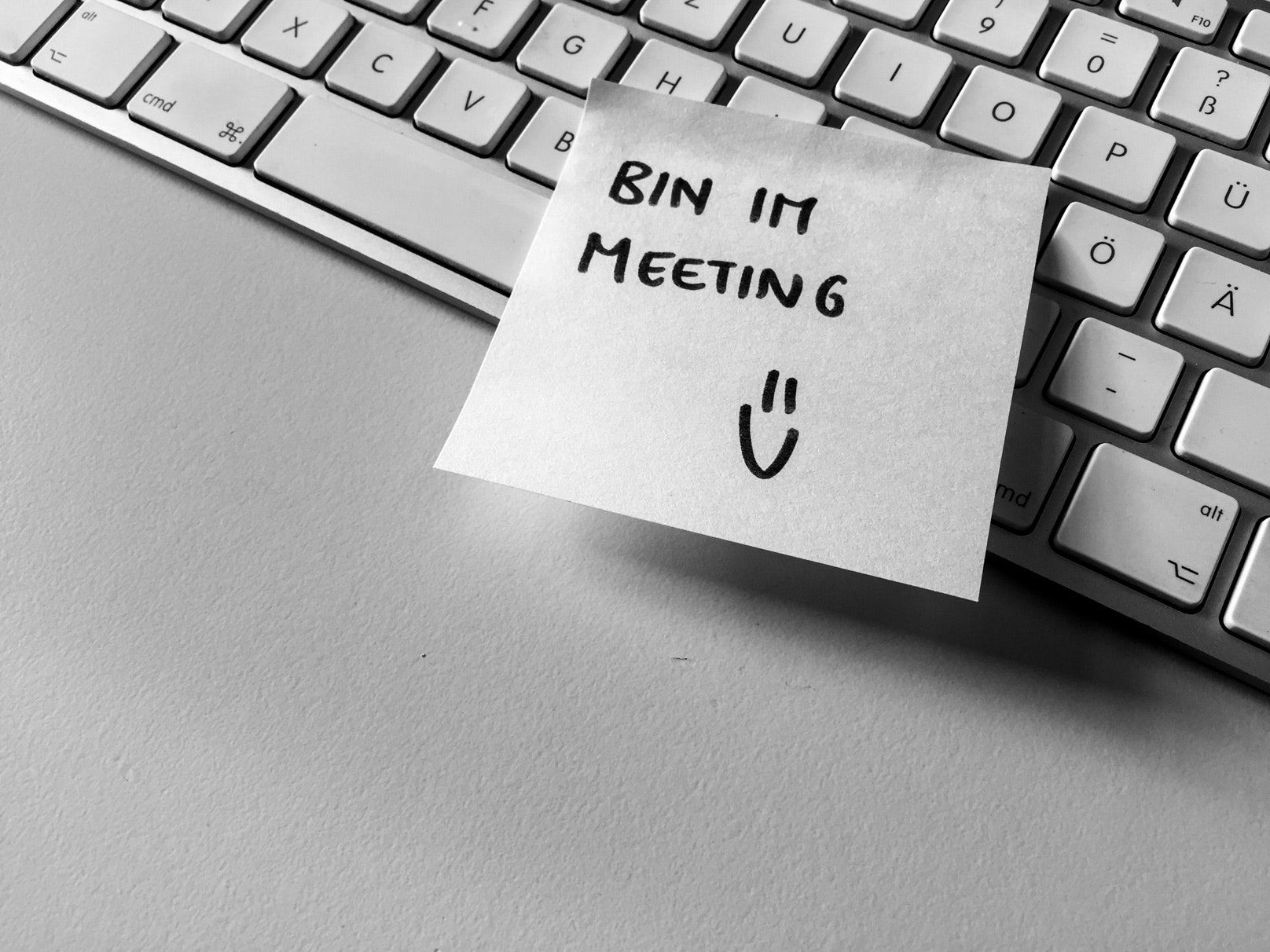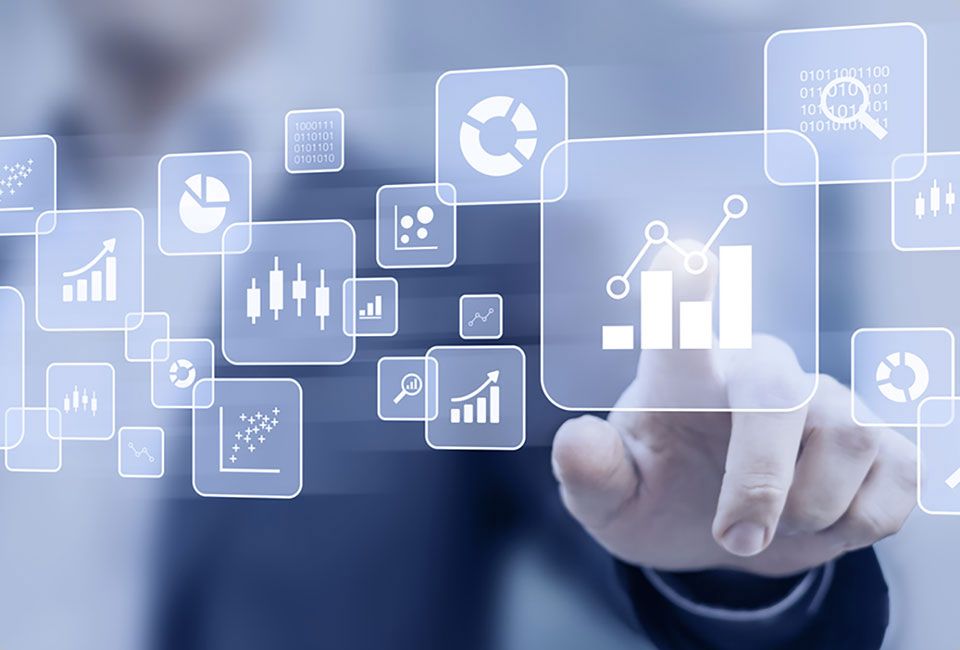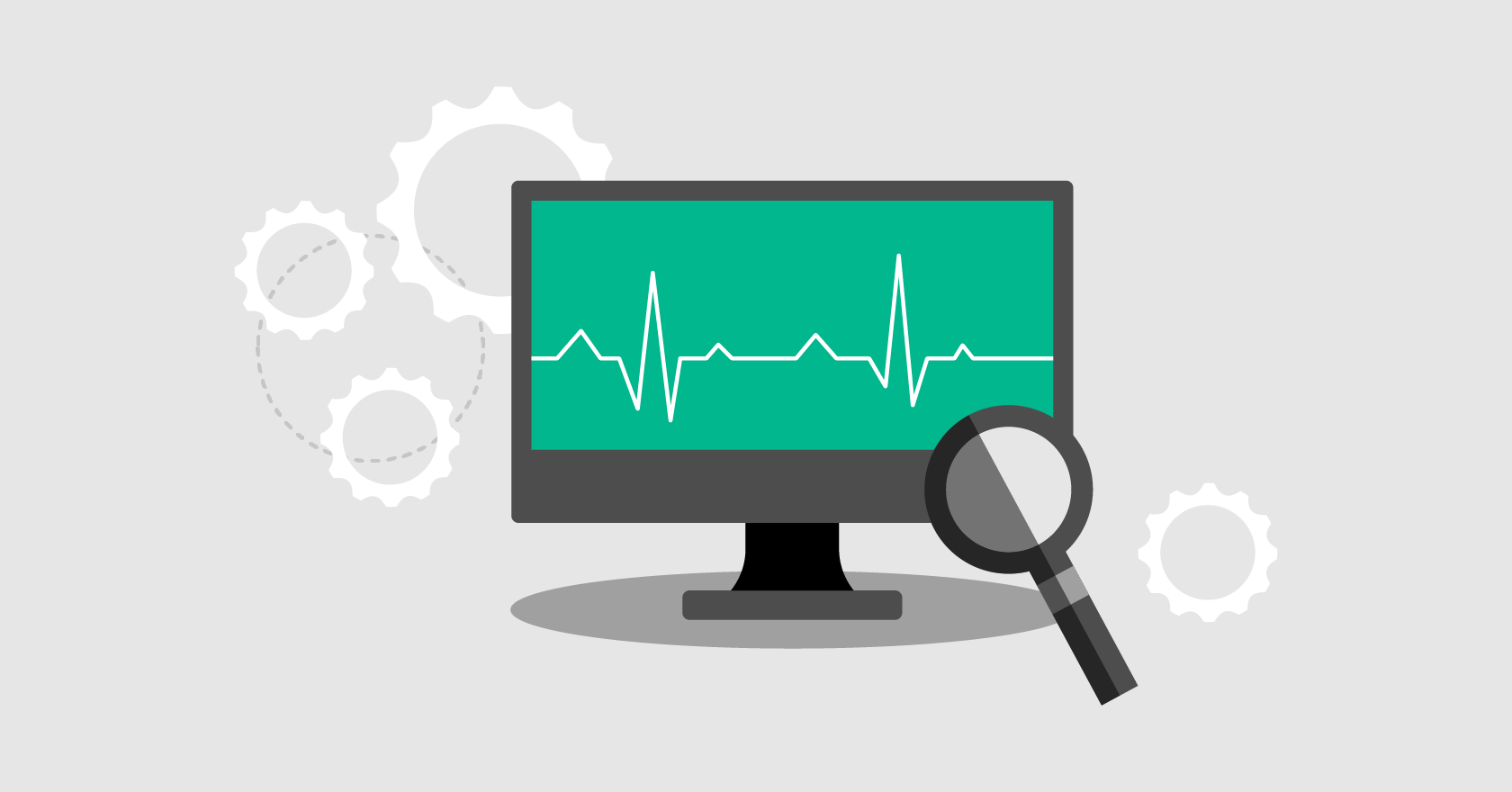The victory march of cloud computing
How the infrastructure of digitalisation is conquering our lives

For the end user it probably started with Evernote. Data was suddenly no longer stored on a device, but in the cloud. This not only protected it from damaged hard drives or theft, but also allowed it to be opened and edited on different devices in different locations. Since then, the number of cloud applications has been growing steadily. Google Photos with automated image curation? In the cloud. Alexa's voice recognition? Only possible with the infinite processing power and data volumes of the cloud. The binge-watching capabilities of Netflix? Are in the cloud universe. And much of what we do every day in the office - or now in the home office - is virtually unthinkable without the Cloud.
Of course, what happens in the back end is not quite so simple. Even though the basic idea is to provide computing resources over the Internet, there are roughly four types of cloud services, which vary mainly in terms of the depth of the offering. So from "I rent a bit of storage in addition" to "Basically I only have one terminal, everything else runs in the cloud.
Translated with www.DeepL.com/Translator (free version)
- IaaS (Infrastructure-as-a-service)
Money in exchange for servers, virtual computers, memory, etc.
- PaaS (Platform-as-a-service)
Simplifies the fast development of web apps or mobile apps without having to have the necessary infrastructure
- Serverless Computing
Cloud provider handles setup, capacity planning and server management
- SaaS (Software-as-a-service)
Providing software applications via the Internet
The advantages are obvious - not just since Corona. Entire companies are put in a position to distribute their entire operations decentrally, sometimes to hundreds or even thousands of locations. And this practically without compromising on safety, performance or reliability. Schools are shifting their lessons to the Internet - with support via video conference, explanatory videos on YouTube and exercises in learning naps. The students stick to the screen, but at last no one objects.
However, we are not yet ready to throw all the hardware out of the window into the cloud. The gaming offer of one of the big players in the cloud business shows this clearly. We're talking about Google Stadia. All computing operations of the games are carried out in Google data centers and converted into a video signal there. The service promises to make the experience of professional gamers (i.e. high resolution, high refresh rates, low latency) accessible to practically everyone - and this at an affordable price and on a wide range of end devices. Without having to invest heavily in equipment that becomes obsolete every two years.
What sounds so promising and is to be expanded by many more features such as seamless streaming still has some teething problems. At least that is what the current reviews suggest. The picture quality isn't as promised, the latency isn't on high-end level and the gaming offer is still clearly too small. Even in countries that have invested more in bandwidth than Germany.
But these are by no means all the disadvantages that cloud computing can bring with it. One characteristic that repeatedly turns out to be a boomerang is the dependency into which you as a user put yourself: the lock-in effect. If the provider decides to discontinue its service, all user investments such as time, knowledge or hardware that matches the service are often suddenly worthless.
At Merkle, we have painstakingly implemented Google Hire, a recruiting service that is integrated into the G Suite. Now Google has announced by email that Hire will no longer be available from 2020. They want to focus on other projects in their portfolio instead. Customers of the smart door lock manufacturer Nello (in German), for example, had a similar experience. After the company went bankrupt, they were no longer able to access their locks, as not only the company's operations but also its servers were shut down.
This example also shows one of the most exciting side effects of cloud computing: the change in the form factor of a computer. The era of the big towers is coming to an end anyway, at least in the consumer market. But even the classic combination of input device (mouse, keyboard) and screen is increasingly disintegrating. The controller of Google Stadia is just as much an example of this as the virtually disembodied Alexa, which is connected to the cloud in smart speakers as it is in watches or in the car.
Where exactly is the journey to Corona going? We do not know. What is certain, however, is that cloud computing has become more firmly established than ever.












